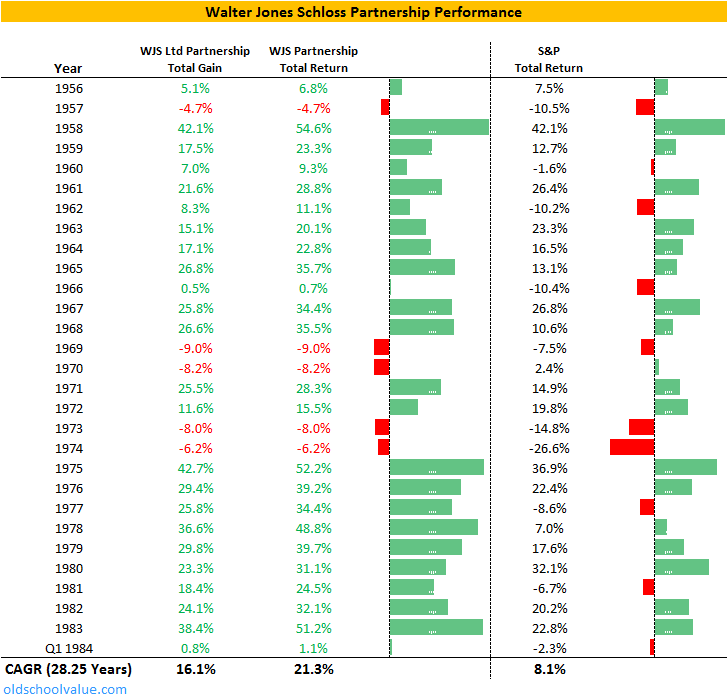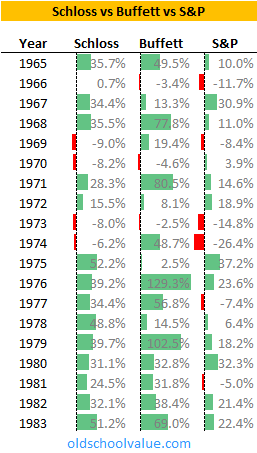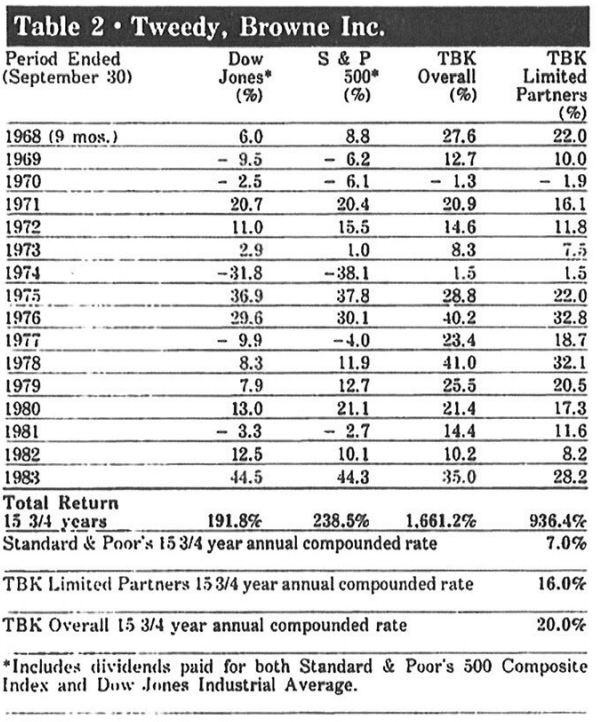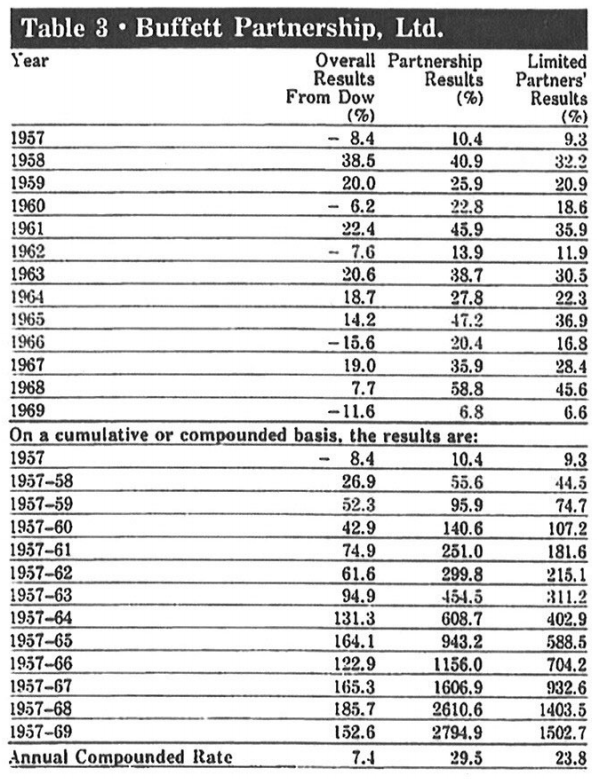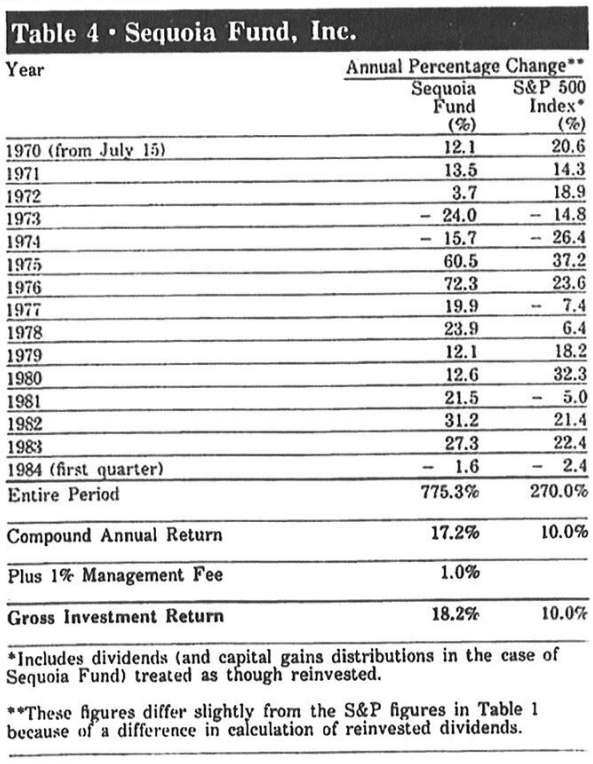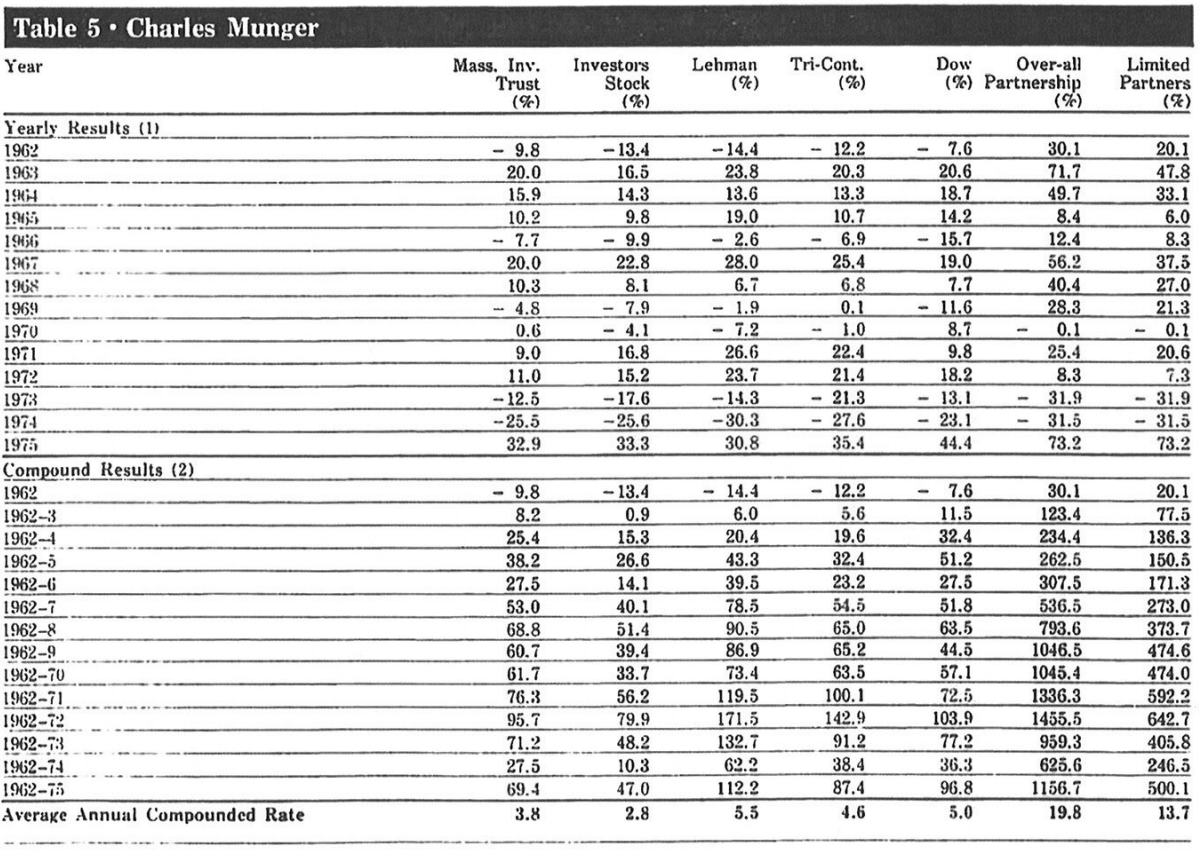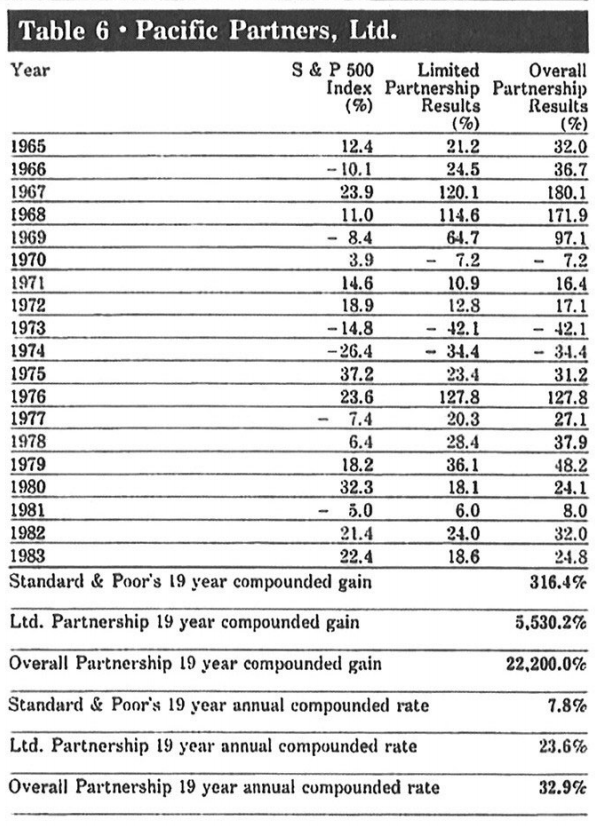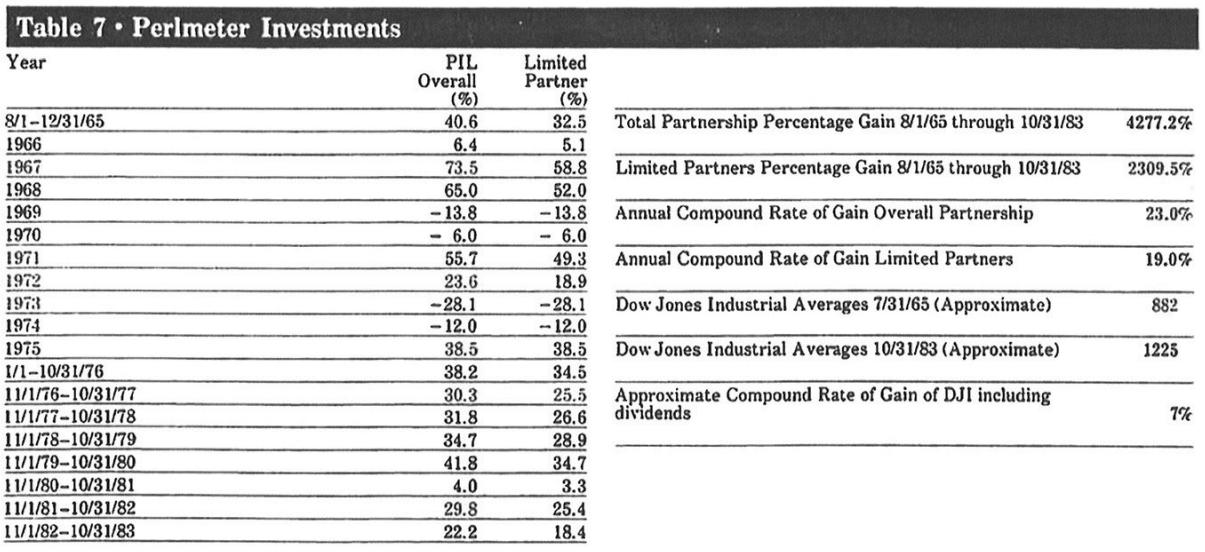Benjamin Graham was the godfather of value investing and even today his common sense approach to investing provides a road map for long-term success, which can easily be replicated by any investor.
Following a piece last week on Walter Schloss’ criteria for company liquidations, which drew on Benjamin Graham’s advice for investing in special situations, this article looks at Benjamin Graham’s advice for investing in special situations. This advice was published in the Q4 1946 issue of the Analyst’s Journal. The advice was originally presented in the book, Security Analysis 1951 edition (Pages 729 – 734).
Benjamin Graham: What is a “special situation”?
“First, just what is meant by a “special situation”? Convention has not jelled sufficiently to permit a clear-cut and final definition. In the broader sense, a special situation is one in which a particular development is counted upon to yield a satisfactory profit in the security even though the general market does not advance. In the narrow sense, you do not have a real “special situation” unless the particular development is already under way.”
“This distinction is readily apparent by reference to the wide fields of bankrupt corporations and preferred stocks with large back dividends…Many practitioners will say that a company…does not constitute a special situation until a reorganization plan has actually been submitted; similarly, there must be a definite plan on foot for taking care of dividend accumulations.”
“The essence of a special situation is an expected corporate (not market) development, within a time period estimable in the light of past experience. Thus here, as almost everywhere else in finance, wide experience is a major factor in lasting success; it must be supplemented by careful study of each situation and the possession of sound though somewhat specialized judgment.”
Calculating a return
There is a logical and important reason for favoring this narrower definition of a special situation. By doing so we are able to conceive of these commitments in terms of an expected annual return on the investment. As will be seen, such a calculation involves quite a number of estimates in each case, and thus the final figure bears little resemblance to the bond yields taken out of a basis book. Nevertheless, this technique is valuable as a guide to the operator in special situations, and it gives him an entirely different attitude toward his holdings than that of the trader, speculator or ordinary investor.
In one respect, however, the calculation goes beyond the lore of the yield book. If we are willing to make the necessary assumptions, the attractiveness of any given special situation can be expressed as an indicated annual return in per cent with allowance for the risk factor. Here is a general formula:
Let G be the expected gain in points in the event of success;
L be the expected loss in points in the event of failure;
C be the expected chance of success, expressed as a percentage;
Y be the expected time of holding, in years;
P be the current price of the security.
Then
Indicated annual return = GC – L(100% – C)/YP
An example
We may take as a current example the Metropolitan West Side Elevated 5s selling at 23. It is proposed to sell the property to the City of Chicago on terms expected to yield in cash about 35 for the bonds. For illustrative purposes only (and without responsibility) let us assume (a) that if the plan fails the bonds will be worth 16; (b) that the chances of success are two out of three—i.e., 67% (c) that the holding period will average one year. Then by the formula:
Indicated annual return = 12 x 67% – 7 x 33%/1 x 23 = 24.7%
Note that the formula allows for the chance and the amount of possible loss. If only possible gain were considered, the indicated annual return would be 34.5%. (Sequel: The purchase was affected, and the bondholders have since received $33.5 in cash, retaining also “stubs” currently worth about $5.)
The various types of special situations
- Class A. Standard Arbitrages, Based on a Reorganization, Recapitalization or Merger Plan…
- Class B. Cash Payout, in Recapitalization or Mergers…
- Class C. Cash Payments on Sale or Liquidation…
- Class D Litigated Matters…
- Class E. Public Utility Breakups…
- Class F. Miscellaneous Special Situations…
Source document: Special-Situation-Investing-by-Ben-Graham
The post From The Archives: Benjamin Graham’s Advice For Investing In Special Situations appeared first on ValueWalk.
Like this article? Sign up for our free newsletter to get articles delivered to your inbox






















